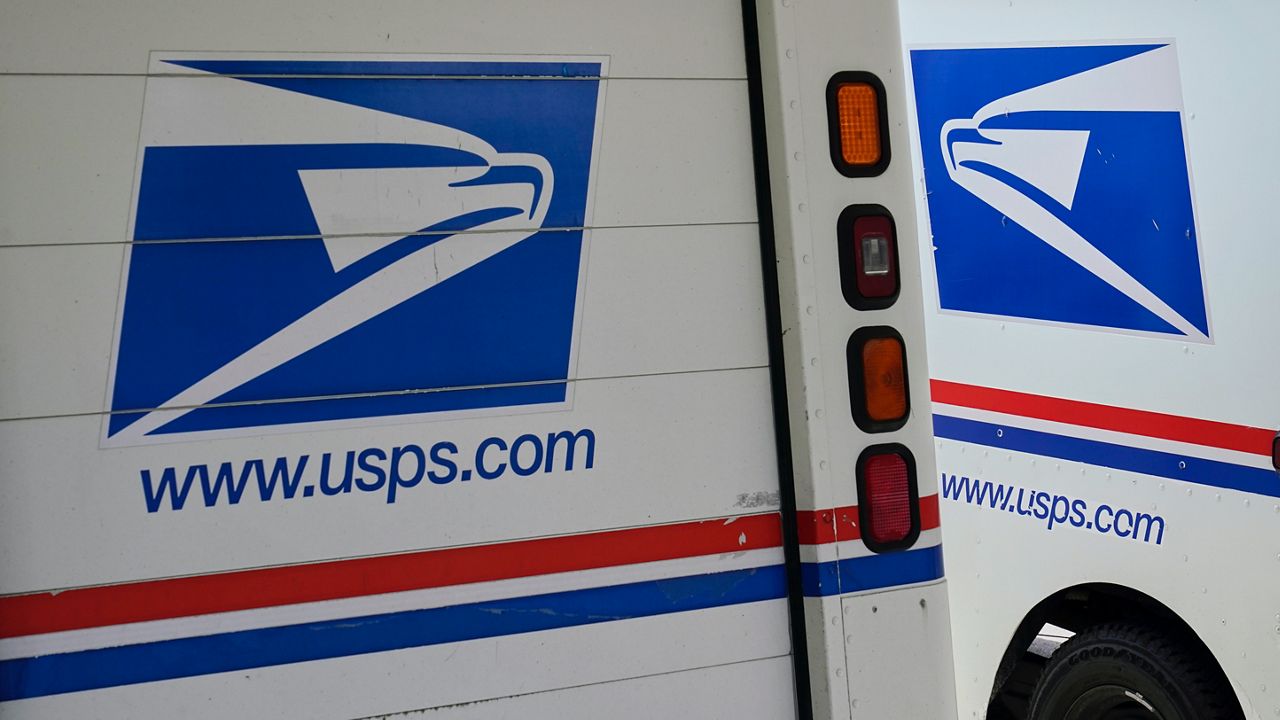The U.S. Postal Service will move towards electrifying its vehicle delivery service over the next five years, thanks in part to a $3 billion investment announced by the Biden-Harris administration on Tuesday.
Between now and 2028, the USPS aims to purchase 106,000 new vehicles to replace its aging fleet of 220,000 delivery trucks and cars. At least 60,000 of those purchases will be Next Generation Delivery Vehicles – either battery electric vehicles or fuel-efficient, low-emission internal combustion engine vehicles – from defense contractor Oshkosh. Of that figure, at least 75% are expected to be battery-electric vehicles.
Another 21,000 commercial off-the-shelf vehicles, which will also be battery-electric, will be purchased pending market availability.
By 2026, the USPS expects all new vehicle purchases to be battery-electric.
In total, the agency will spend upwards of $9 billion on electrifying its delivery fleet, with the $3 billion from the Inflation Reduction Act split between purchasing energy-efficient vehicles and building charging infrastructure.
“We have a statutory requirement to deliver mail and packages to 163 million addresses six days per week and to cover our costs in doing so – that is our mission,” postmaster general Louis DeJoy said in a statement announcing the investment. “As I have said in the past, if we can achieve those objectives in a more environmentally responsible way, we will do so.”
The new fleet of vehicles are expected to hit the streets by late 2023, according to the U.S. Postal Service.
The Biden administration as a whole has shifted towards greener technologies in shipping and delivery services. Last year, President Joe Biden ordered federal agencies to purchase only zero-emission, domestically-manufactured cars by 2027.
The U.S. Postal Service makes up the largest fleet of vehicles in the federal government, accounting for two-thirds of the nearly 656,000 vehicles.
Members of the Biden administration commended the USPS for its announcement, saying it is an example federal agencies should follow.
“The U.S. Postal Service plan sets the pace for other leading public and private sector fleets. It is clear that the future of transportation is electric – and that future is here,” Brenda Mallory, chair of the Council on Environmental Quality, said in a statement. “As electric mail trucks hit routes across the country, neighborhoods will see cleaner air, better health, and good-paying clean energy jobs.”
Still, the move towards further electrification of the USPS vehicle delivery fleet comes after a lengthy back-and-forth between the agency, Congress and environmental activists who claimed the Postal Service wasn’t doing enough to modernize its aging fleet.
In late 2021, DeJoy pushed back against the government directive to purchase energy-efficient vehicles, saying the agency did not have enough funds to do so. An original order of vehicles from Wisconsin-based Oshkosh made in March would have included primarily fossil fuel-powered engines, with the USPS planning to electrify just 10% of its overall fleet.
After facing lawsuits from over a dozen states seeking to halt the purchase of the gas-powered vehicles, the USPS over the summer agreed to make 40% of that original order go towards electric or other green vehicles.
Biden’s White House also engaged directly in conversations with DeJoy over the past several months to modernize the plan, John Podesta, a senior adviser to President Biden, told the Washington Post.
“I told [DeJoy] that I thought the original plans were completely inadequate,” Podesta said in an interview with the outlet in previewing Tuesday’s announcement. “So we stuck with it, pushed it, he pushed back, and we pushed back.”
Some environmental activists have also attributed the shift, at least in part, to the public pressure campaign, with Katherine García, director of the Sierra Club’s Clean Transportation for All campaign, calling the USPS’ Tuesday announcement “a massive win for climate and public health.”
“Instead of receiving pollution with their daily mail packages, communities across the US will get the relief of cleaner air,” García said in a statement. “The way we get to a 100% electric fleet matters – these vehicles must be union-built and made with materials from a clean supply chain.”



